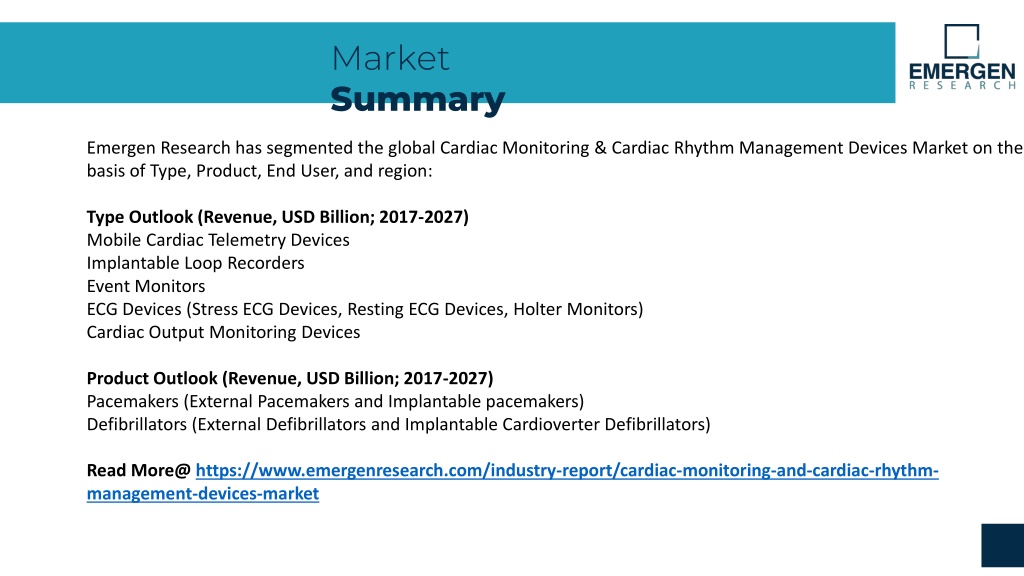

HEART MONITOR IMPLANT SKIN
The standard method follows few fundamental steps: external ECG mapping to determine the optimal implantation site and device position, corresponding to a sufficient R-wave amplitude insertion of the ICM through a small skin incision into a subcutaneous pocket anchoring of the device to the muscular plane to avoid mechanical instability, displacement, and migration and checking of ECG trace recorded by the device with the external programmer, at the end of the procedure. The implantation of an ICM is a simple and minimally invasive procedure. In particular, ICMs may have an emerging role in the management of patients with atrial fibrillation and in those at risk of ventricular arrhythmias. Finally, the ability of new-generation ICMs to automatically record arrhythmic episodes suggests that these devices could also be used to study asymptomatic arrhythmias, and thus could be proposed for the long-term evaluation of the total (symptomatic and asymptomatic) arrhythmic burden in patients at risk of arrhythmic events.

Moreover, ICMs can also be used for the evaluation of difficult cases of epilepsy and unexplained falls, though current indications for their application in these sectors are less clearly defined. The current clinical use of ICMs involves the evaluation of transitory symptoms of possible arrhythmic origin, such as unexplained syncope and palpitations. Implantable cardiac monitors (ICMs) continuously monitor the patient's electrocardiogram and perform real-time analysis of the heart rhythm, for up to 36 months.


 0 kommentar(er)
0 kommentar(er)
